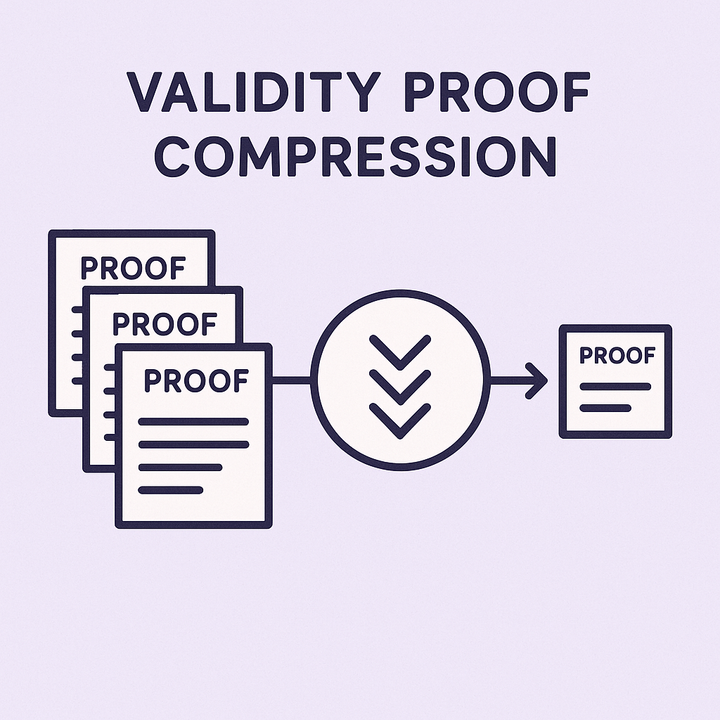🧱 How to Run a Node on Mitosis mainnet (part 1)
A step-by-step guide for setting up a full node in the Mitosis ecosystem
Mitosis is a modular Layer 1 blockchain that blends Cosmos-based consensus with EVM execution. Running a node helps you sync with the network, explore data locally, and prepare for validator participation.
In this guide, we’ll walk you through everything you need to deploy a Mitosis node — from system setup to running the chain.
🔧 Suggested System Requirements
⚠️ Official specs are not yet finalized. These are based on standard Cosmos/EVM validator infrastructure.
| Requirement | Recommended |
|---|---|
| OS | Ubuntu 20.04+ |
| CPU | 4+ core processor |
| RAM | 16 GB |
| Storage | 1 TB SSD |
| Network | 100 Mbps (stable connection) |
| Tools | Docker, Make, Git |
🛠 Step-by-Step Setup Guide
✅ Step 1: Clone the Repository
First, download the Mitosis source code:
bashCopyEditgit clonehttps://github.com/mitosis-labs/mitosiscdmitosis
✅ Step 2: Install Dependencies
Install the required components and build the node binary:
bashCopyEditmake install
This will install Go, Docker dependencies, and compile mitosisd.
✅ Step 3: Initialize Your Node
Initialize the configuration and genesis files:
bashCopyEditmake mitosisd-init
This creates the default configuration in .mitosis/ and prepares your node for syncing.
✅ Step 4: Run the Node
Start syncing with the Mitosis network:
bashCopyEditmake mitosisd-run
The node will begin to connect, fetch blocks, and catch up with the chain.
You can monitor logs and ensure the sync progresses as expected.
🔍 What You Can Do Next
Once the node is fully synced:
- ✅ Query on-chain data locally
- ✅ Prepare for validator registration
- ✅ Support the network with RPC/API services
- ✅ Explore governance participation via gMITO
- ✅ Upgrade to a validator by staking MITO (see Validator Guide)
🧬 About Mitosis Node Architecture
- Consensus Layer: Cosmos SDK + CometBFT
- Execution Layer: EVM-based smart contract engine
- Validator Collateral: MITO is staked on the consensus layer
- Governance Power: gMITO (DNA program)
- Rewards System: LMITO (linearly unlocked MITO earned via governance)
Validators help finalize blocks, process EVM transactions, and earn rewards through their active participation.

Comments ()